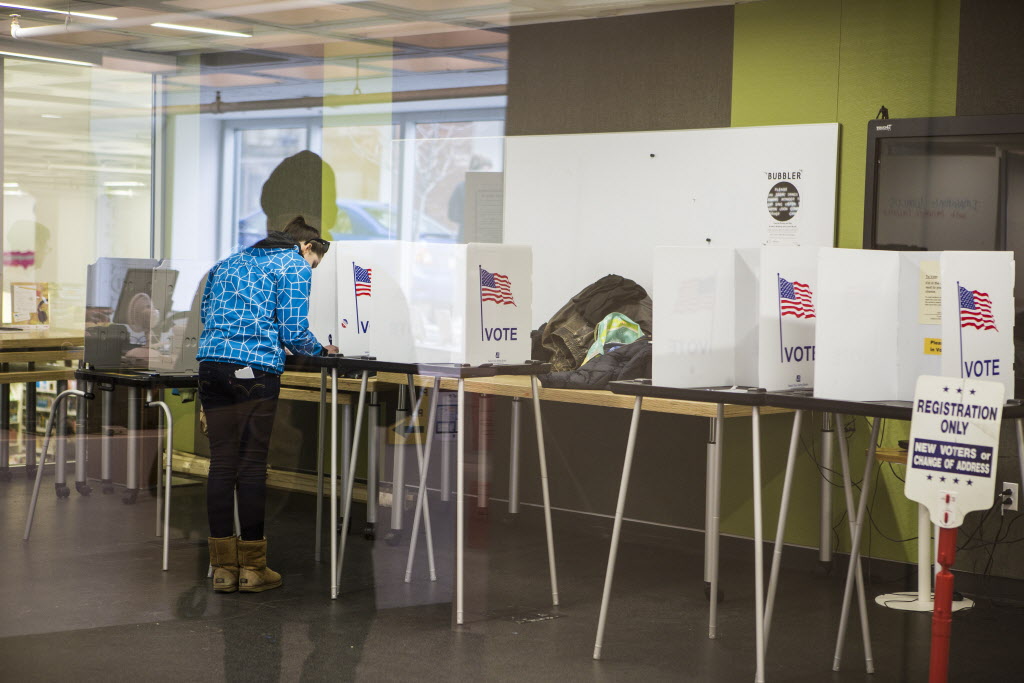A split state Supreme Court has declined to give clerks in Calumet and Outagamie counties guidance on how to address thousands of ballots with a printing error that local officials say threatens their ability to count all votes by a state-imposed deadline.
The majority didn't explain its rationale Thursday for turning down the case days before the election. But Chief Justice Pat Roggensack suggest...
Please log in to access subscriber content.
If you don't have a subscription, please contact schmies@wispolitics.com for subscription options on the WisPolitics-State Affairs platform, which is the new home for WisPolitics subscriber products.


